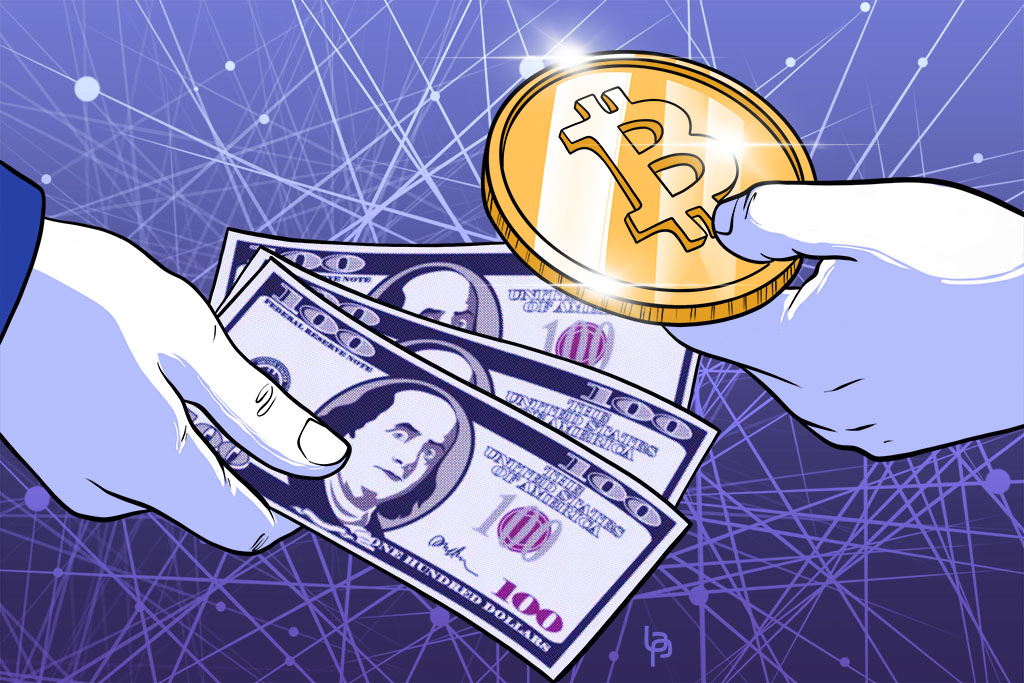This is a deep dive into crypto exchanges and their revenue models.
You’re in the right place if you’ve ever wondered how these platforms make money while facilitating countless transactions.
Drawing insights from trusted sources, I’ll unravel the multiple streams of income that keep these exchanges afloat.
From trading fees to staking and lending services, we’ll explore how these platforms have evolved into financial modules of their own.
So, whether you’re an investor, a crypto enthusiast, or just curious, read on to get the inside scoop.
Trading Fees
These fees for the cryptocurrency exchange can vary widely depending on the marketplace, the order, and the type of trade you’re executing.
This happens for both centralized and Decentralized exchanges (DeFi).
Typically, exchanges charge a percentage fee based on the trade volume.
It is worth noting that the higher the volume, the lower the fee—to encourage traders to execute larger trades for these digital assets.
Some platforms also offer a tiered fee structure for their transaction fees, rewarding high-volume traders with lower fees.
Exchanges often have different fees for participants who do market making and “takers” in a trade, adding another layer of complexity to their fee structure.
The trading volume on these big exchanges can be north of 100 million to 1.5 billion USD, and even if you charge 0.1 percent per trade, you can earn a cool 10,000,000 million dollars at the minimum.
So you can only imagine what Bybit, Coinbase, and other decentralized exchanges manage to make.
Bitcoin itself drives most of the volume of the market.
OTC deals have lower fees by number, but because the amount of the trade is large, the final fees are large.
Trading fees do not only cover tokens but also NFTs, for which exchanges also earn a fee. When an NFT is traded, the exchange earns a fixed fee from the transaction.
And let’s not forget some institutional exchanges offer zero-fee trading for market makers and specific trading pairs, coins on their launchpad, or promotional periods.
However, these are often temporary and designed to attract new users and get them invested in the platform.
New to crypto trading? Learn about Contango vs backwardation in crypto futures
Deposit and Withdrawal Fees
These fees are another significant revenue stream for crypto exchanges and the crypto industry.
Typically, deposits in cryptocurrencies are free or carry a nominal network fee, but that’s not always the case for fiat deposits.
Exchanges levy a percentage or a flat fee to receive fiat currencies like USD, EUR, or GBP in your account.
These depend on the method of payment you choose, such as bank transfer, credit card, debit card, or third-party payment services.
Now, let’s talk about withdrawals.
Exchanges often charge fees for both crypto and fiat withdrawals.
Crypto withdrawal fees usually cover network transaction costs but often include a markup for the exchange.
For fiat withdrawals, the fees can be even higher and may include additional charges for expedited service.
Listing Fees
For well-known cryptocurrencies, some exchanges might have a reasonable fee or even waive the listing fee to attract more traders, stimulate trading, and earn trading fees.
However, the listing fee can be substantial for lesser-known or new cryptocurrencies.
And here’s the kicker: some exchanges use the listing process as a vetting mechanism, charging higher fees to discourage scams or low-quality independent projects.
Listing fees aren’t just a one-time payment.
Exchanges often require ongoing fees to keep the cryptocurrency listed, and these can also vary depending on the coin’s trading volume and popularity, even after launch.
Margin Trading and Leverage Fees
Exchanges usually charge a fee for margin trading service, often called the “margin fee” or “interest.”
These fees can be significantly higher than standard trading fees, making it a steady and profitable venture for the exchange.
Some exchanges also charge a “liquidation fee” if your margin trade goes south and your position is automatically closed to prevent further losses to your investment.
This fee is usually a percentage of the trade and adds another layer of cost for the trader but another yield for the exchange.
Staking and Lending Services
Staking allows you to lock up your cryptocurrencies to participate in the operation of a blockchain in return for rewards.
Exchanges often offer staking services where they do the heavy lifting for you.
But here’s the catch: Exchanges usually take a cut of the staking rewards as a fee for providing the service.
Now, let’s talk about lending.
Some exchanges offer crypto lending services for their client where you can lend your cryptocurrencies to other traders or the platform in exchange for interest.
The exchange takes a percentage of the interest earned as a fee, adding another global revenue stream to their business model.
These staking and lending services often come with conditions, like minimum lock-up periods, that you’ll need to meet to earn the commission, rewards, or interest.
This also benefits the exchange by giving them more liquidity than other providers.
Advertising and Partnerships
These partnerships can take various forms, from sponsored listings to promotional campaigns.
For example, a crypto wallet company might pay an exchange to be promoted prominently within the platform, driving users to their service.
And here’s the kicker: These partnerships can be incredibly lucrative, often involving large sums or a share of the capital generated from new sign-ups.
In contrast, some exchanges also collect money through direct advertising.
This could be in the form of banner ads, sponsored content, or even dedicated email campaigns.
Moreover, these advertising spots are often priced, especially if the exchange has a large and active user base.
Recommended Read: How to choose a crypto exchange?
Subscription and Premium Services
Many exchanges offer subscription-based services that provide several benefits, such as lower trading fees, priority customer support, and advanced trading features.
Sounds tempting, right?
These subscriptions can be expensive, significantly increasing the exchange’s revenue.
But that’s not all.
Some exchanges offer one-time premium services like tax reporting expertise, portfolio analytics, or suitable educational content.
These services are often sold separately and can be a lucrative addition to the exchange’s income streams.
Miscellaneous Revenue Streams
Exchanges have a variety of other ways to pad their bottom line.
Some exchanges generate revenue from data services, selling trading data to third-party companies for analysis or market research.
Sounds niche, right?
But in the data-driven world of finance, this can be a goldmine.
Exchanges may allow users to spend crypto to get API access, allowing businesses to integrate the exchange’s services into their platforms.
But that’s not all.
Some exchanges have even discovered the merchandise world, selling branded goods like T-shirts, hats, or hardware wallets.
While this might not be a significant revenue stream, every little bit counts.
Recommended Read: How to start a crypto exchange?
Conclusion
These platforms have evolved into complex financial ecosystems, leveraging multiple revenue streams to sustain their basic buy and sell operations and offer you various services.
Understanding these revenue models not only demystifies the world of crypto trading but also helps you make informed decisions as a user.
Whether trading, staking, or even considering a premium subscription, you know where the profit is and why.
In summary, crypto exchanges have a multifaceted approach to revenue generation, each contributing to their financial health and service quality.
So, the next time you execute a trade or use any premium feature, you’ll do so with a newfound appreciation for the intricate business model that makes it all possible.




